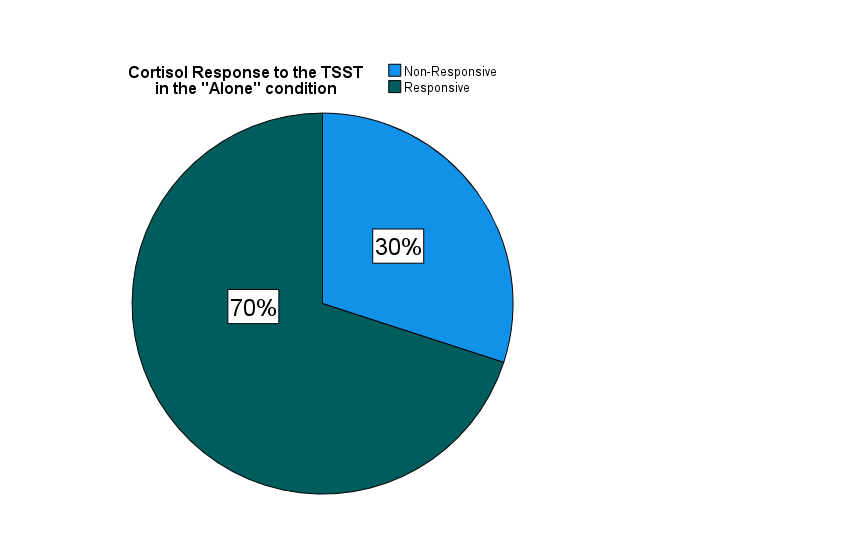October 12, 2023
By: Bonny Donzella
Share the Load: Carry on, we are almost there! The hormone cortisol helps the body cope with challenges. For example, it prepares calories for ready use, as one would need to face the extra effort of some stressor. We know that cortisol responses change over development, and we know that social relationships are powerful buffers of stress hormone activity.

The first relationships that buffer stress are the child’s relationships with parents. But as children approach puberty and beyond, parents are less effective at lowering their child’s stress hormone production when facing a challenge, like giving a speech. Given that the teen years are a time of vulnerability to anxiety and depression, it is interesting that this is also the time when they lose their stress buffers.
Or, do they? Perhaps this is a period of social development where friends step in to help with stressful challenges, in the same way that parents do for younger children.
In the Friends, Peers, and Stress Study (also known as the Share the Load Study), we want to learn about the roles that friends and peers play in potentially buffering a stress response in youth all along the range of pubertal development. Some participants are randomly assigned to do the study alone, some with another unfamiliar peer and some do the study with a friend.
With your help, we’ve been collecting data at a rapid pace since the start of 2022. Our goal was to have 200 sessions, with about 75% of those sessions having two youth participants. To date, we have preliminary results from 270 participants. We can report a couple of interesting findings. First, we wanted to be sure our challenge of conducting a speech and math task in front of judges actually produced a cortisol response. In other studies, the task produces a response for about 70% of the participants. To check, we only considered the standard condition, where the participant does the task alone, with no social buffer. And, whew!, the task works as expected. Seventy percent of our participants elevated their production of cortisol in response to giving a speech and doing math in front of judges.

There is a second preliminary finding that we could report: social buffering appears to have very different effects for boys than for girls. We would love to tell you more, however, we are still collecting data and don’t want to influence any future findings. Oh, the suspense! We’ve decided to strive for a larger enrollment in order to confirm this potential sex difference. By this time next year, we will be able to share our final results!
We are still looking for participants to join us! The entire study takes place online, using Zoom, and participants can earn up to $70 and parents can earn up to $20. Contact us at sharetheload@umn.edu.

